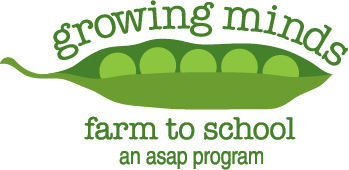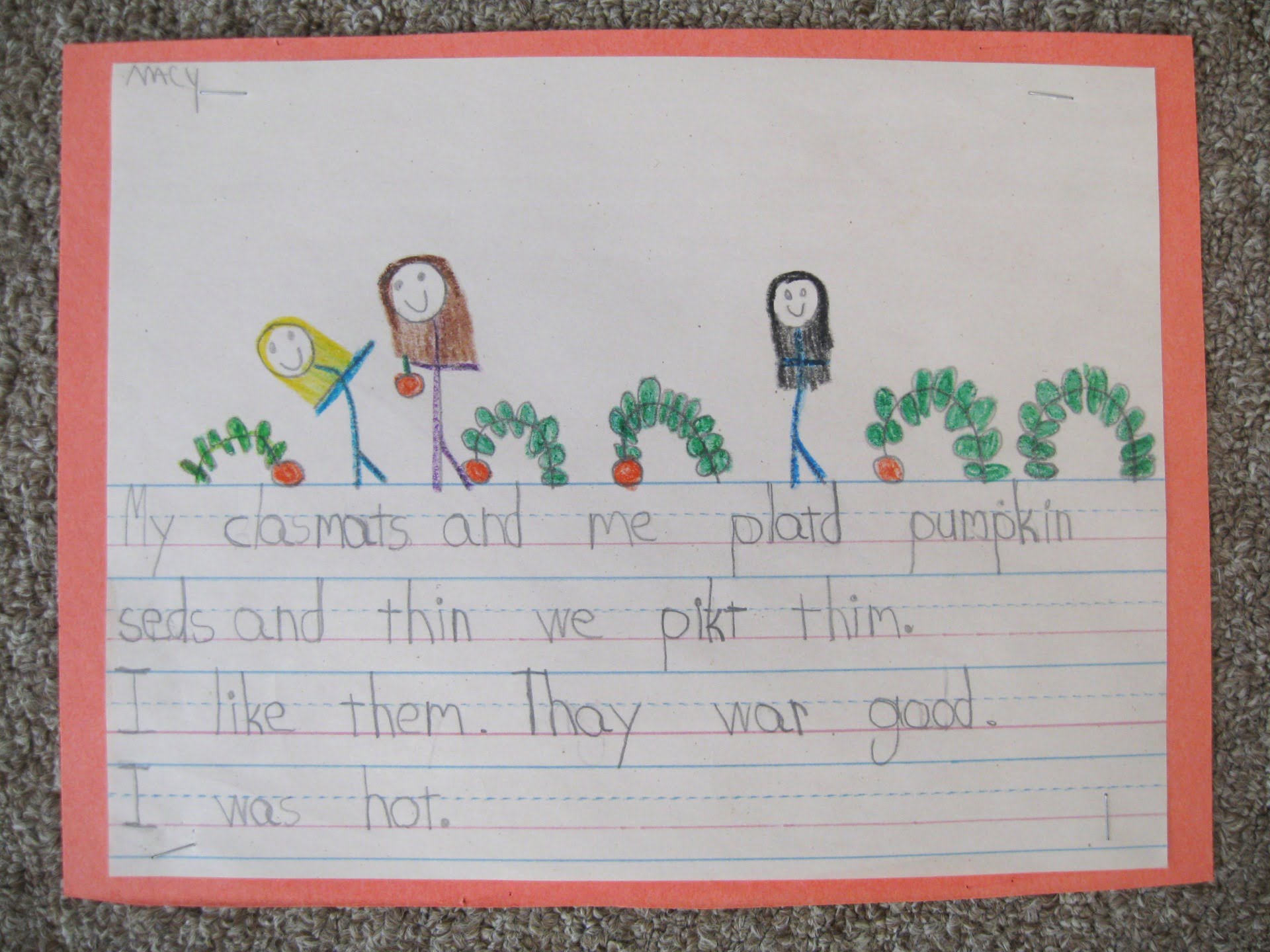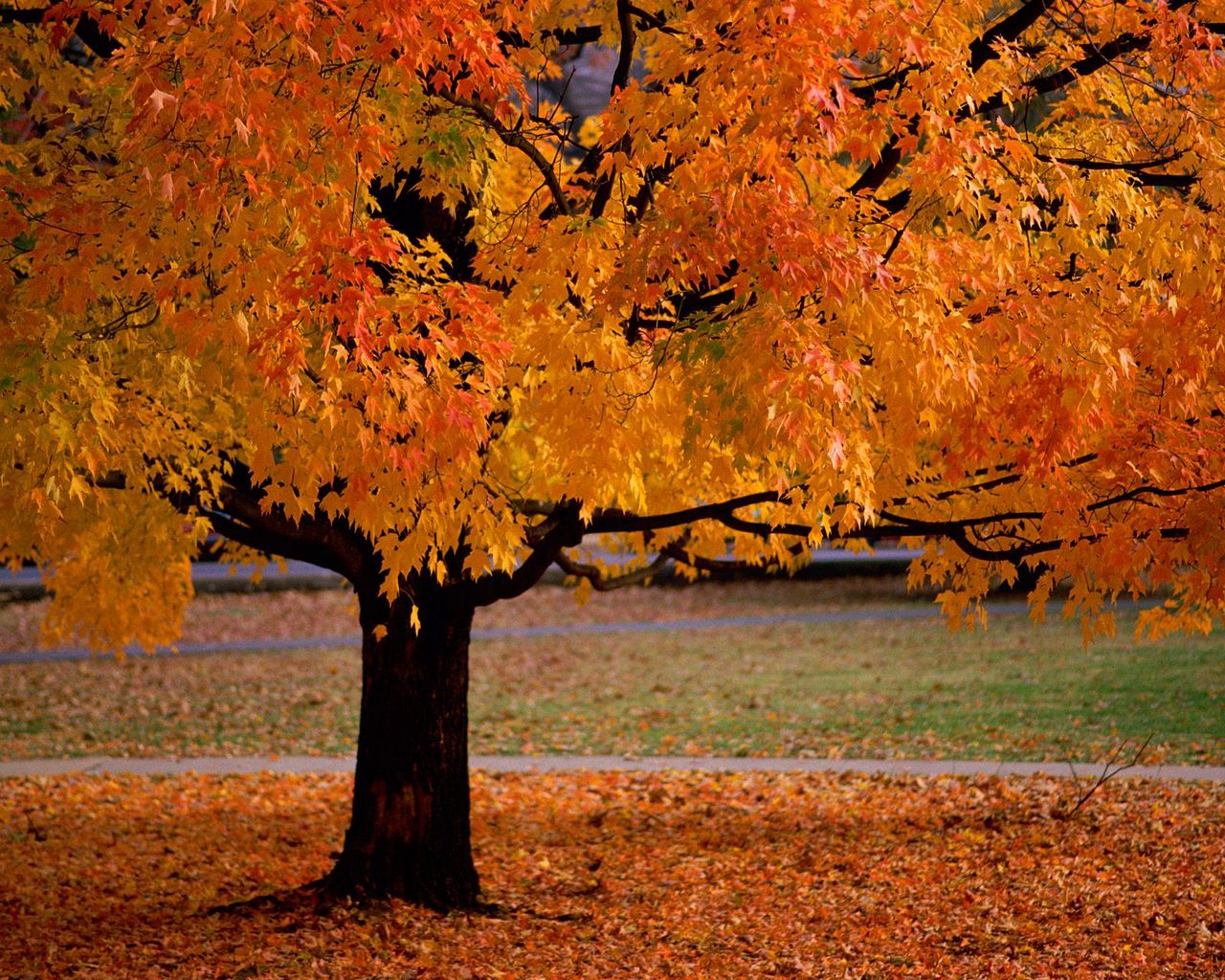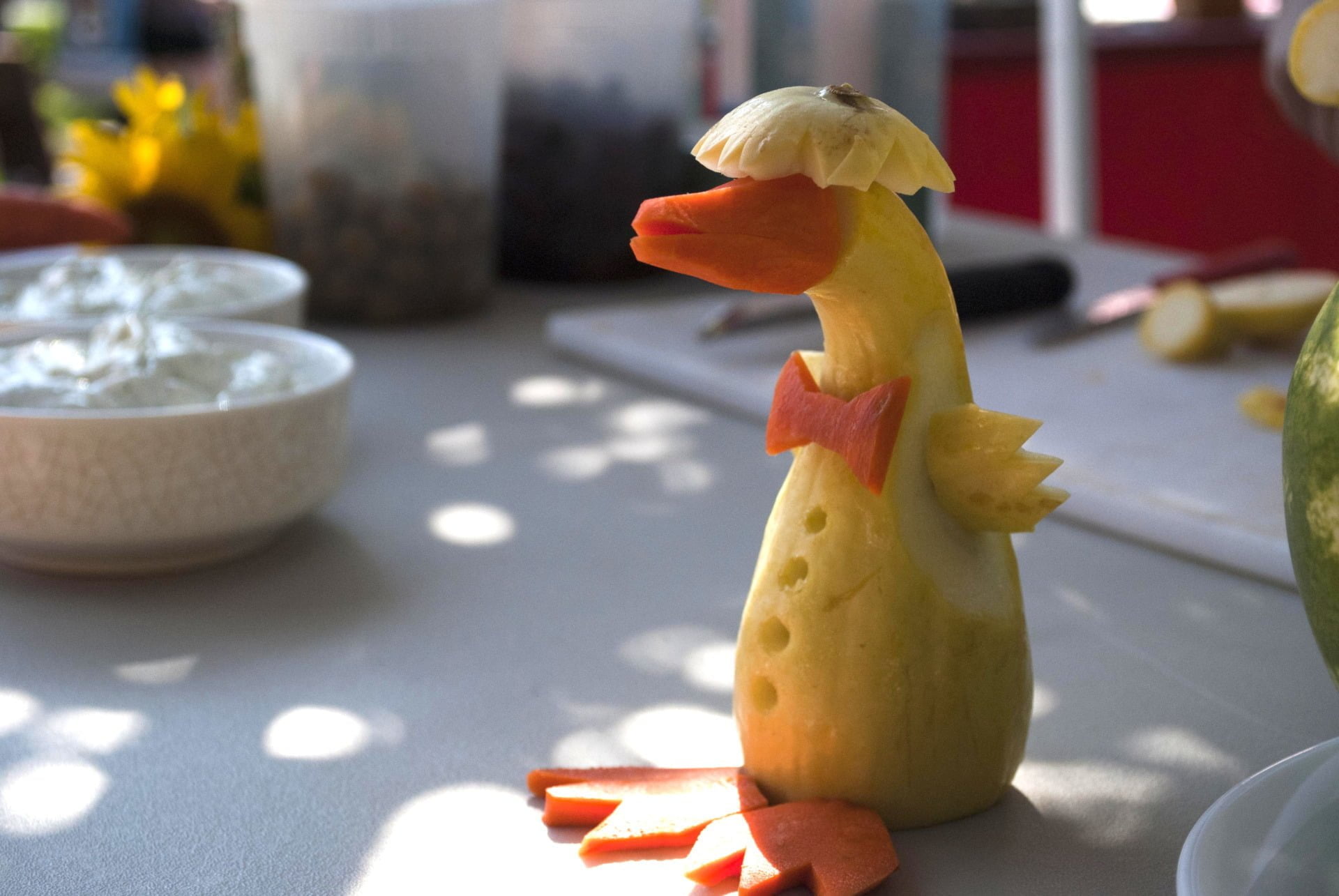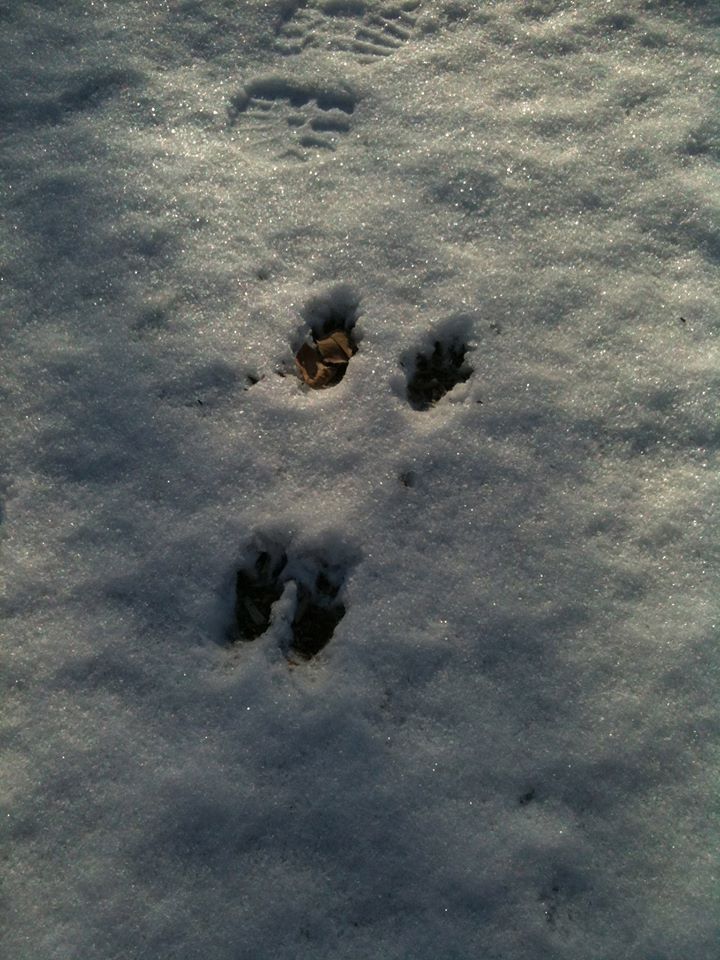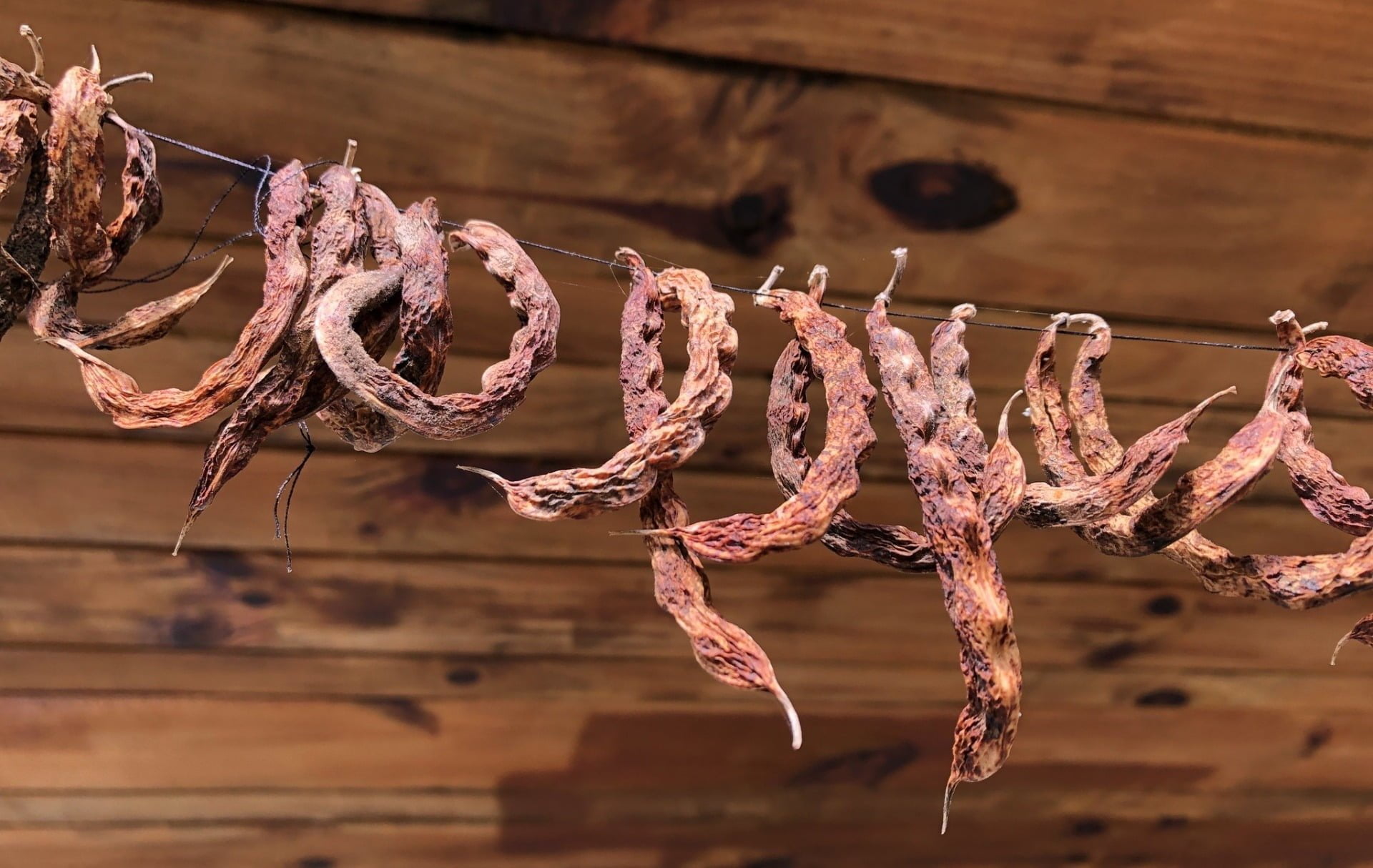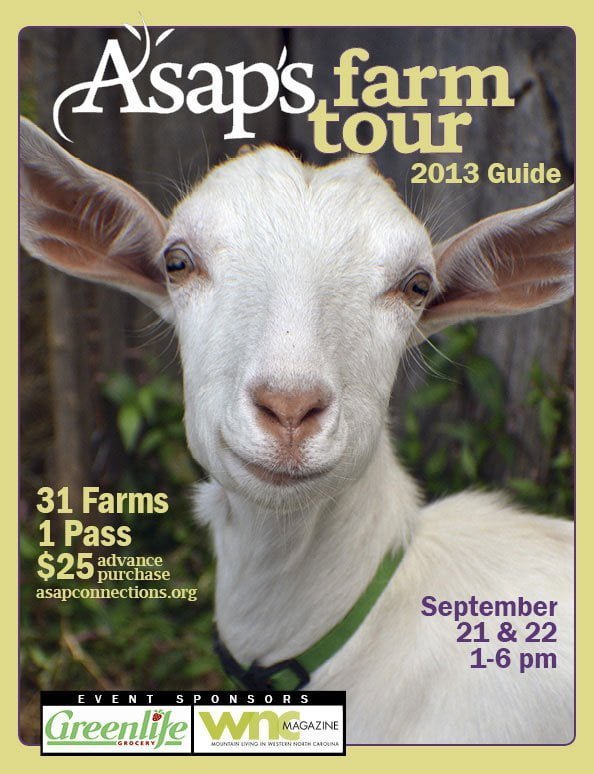Growing Minds Day by Day: Third Week of May
…pple Carrot Salad Lesson Plan. Apple Carrot Salad Serves 4-6 Ingredients: 4-5 apples 4-5 carrots ⅓ cup raisins Juice of 1 lemon ¾ cup vanilla yogurt Directions: Wash the apples and carrots. Peel and core the apples. Cut the apples into small chunks. Add to a large bowl. Add the lemon juice to the cut apples and stir to combine. Peel and grate the carrots. Add the grated carrots and raisins to the large bowl. Add the yogurt to the apple-carrot mix…
